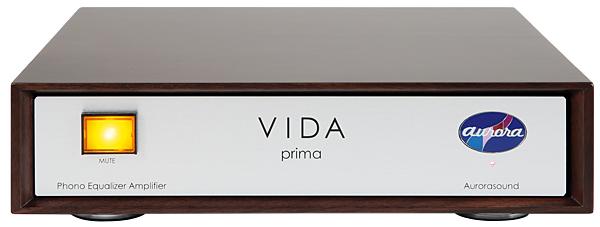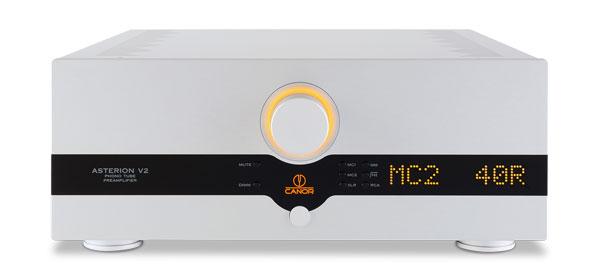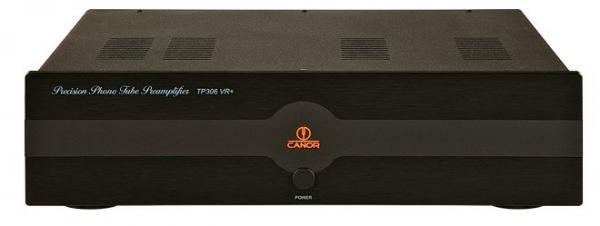Phono Preamplifiers
Sort By: Post DateTitle Publish Date
|
Apr 23, 2025 |
First Published: Oct 01, 2024
|
May 19, 2022

 With the tube-based Chinook phono stage as its inspiration, the Oasis brings greater flexibility in gain and loading. Moreover, it debuts Manleys custom switchmode PSU
With the tube-based Chinook phono stage as its inspiration, the Oasis brings greater flexibility in gain and loading. Moreover, it debuts Manleys custom switchmode PSU
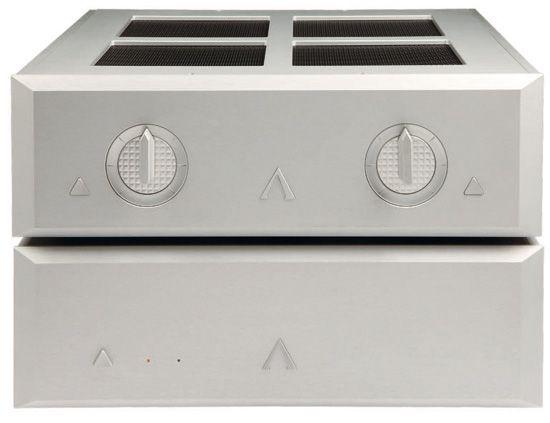


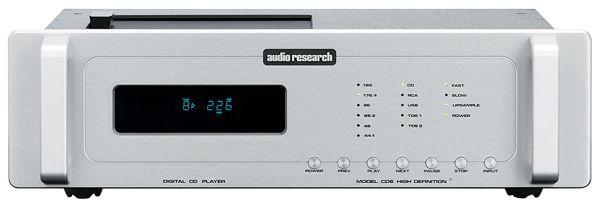
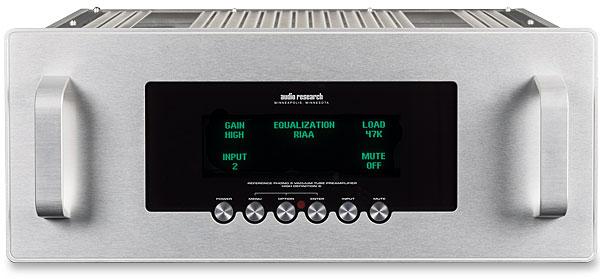

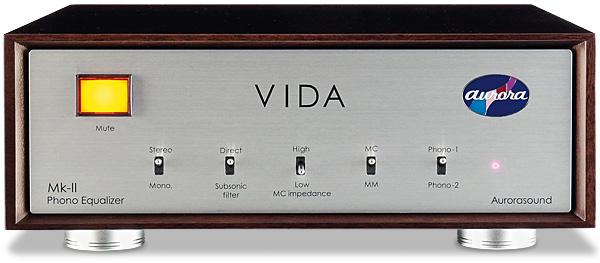
 Aurorasound's VIDA (Vinyl Disk Amplifier), launched in 2011, has marked its first decade with a number of revisions to merit MkII status. How does it stack up in 2022?
Aurorasound's VIDA (Vinyl Disk Amplifier), launched in 2011, has marked its first decade with a number of revisions to merit MkII status. How does it stack up in 2022?
